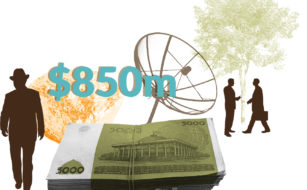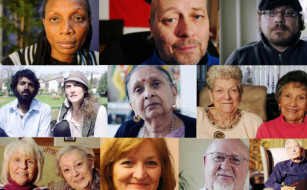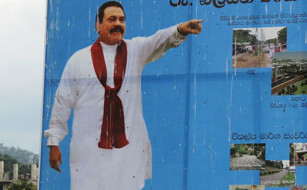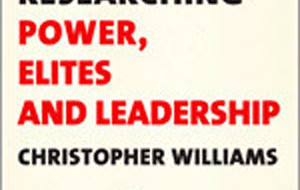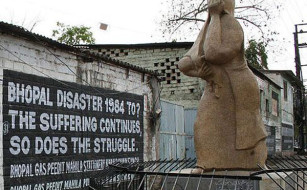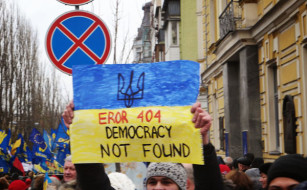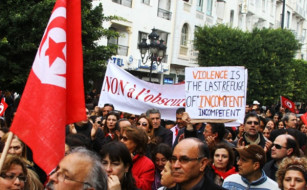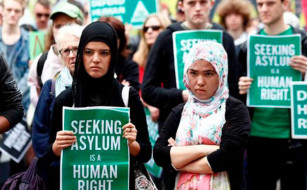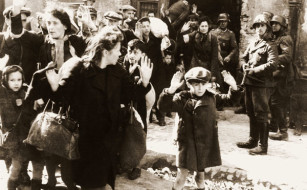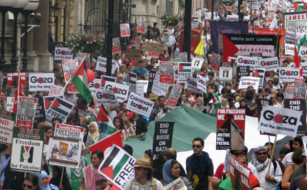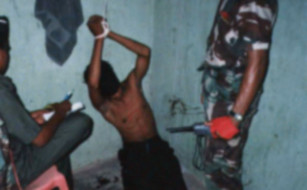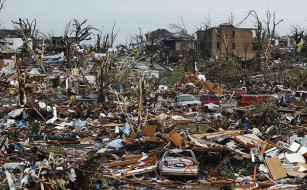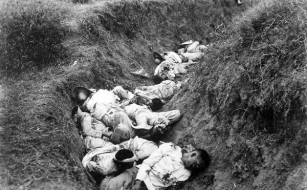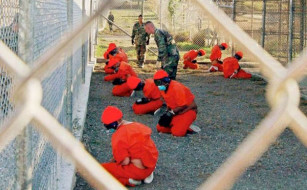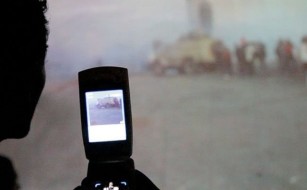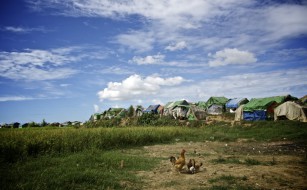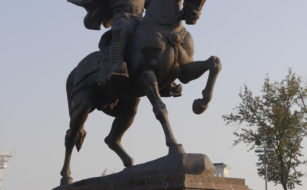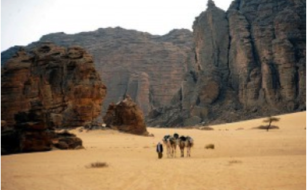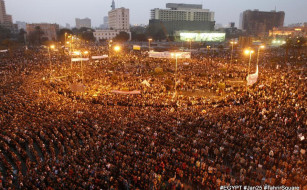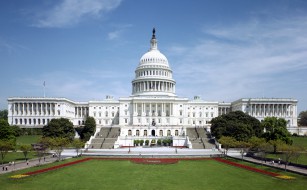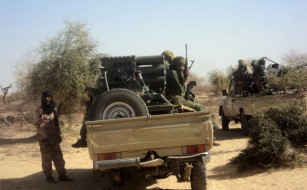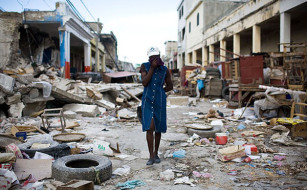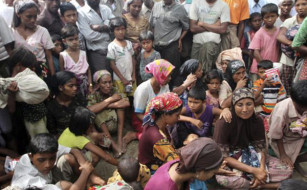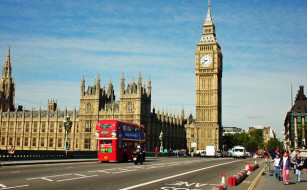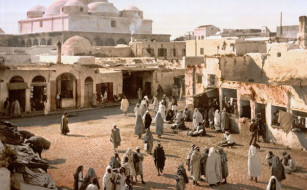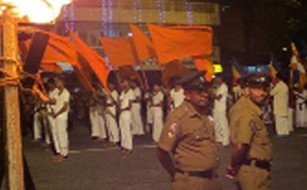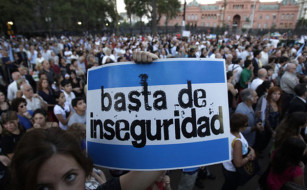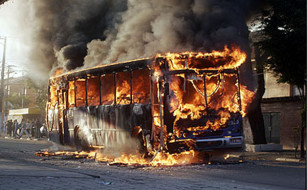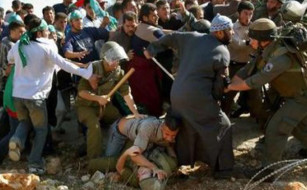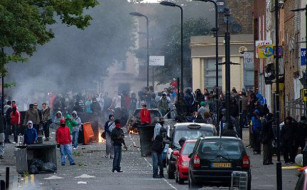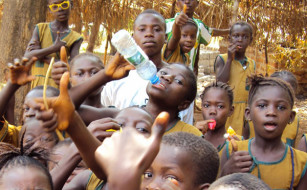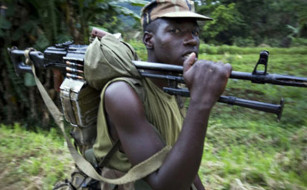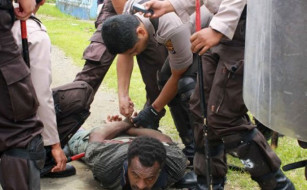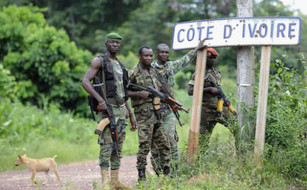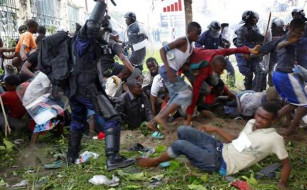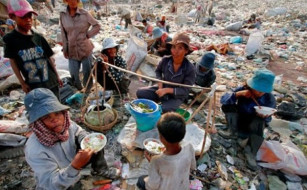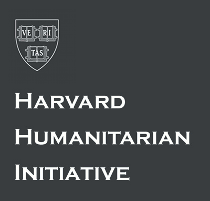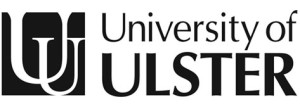Introducing State Crime in Sierra Leone
Sierra Leone is a small nation in West Africa. It encompasses more than 20 ethnic groups, but the majority of the population is either Temne or Mende, which each account for one third of the population. Despite having large mineral deposits and vast quantities of one of the worlds most valuable commodities, diamonds, Sierra Leone remains at the bottom of the human development index.
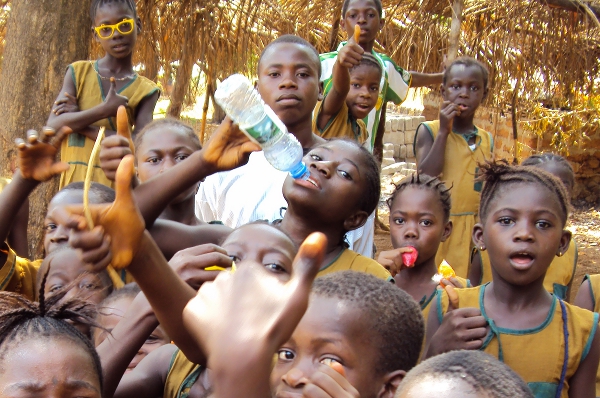 Sierra Leone is a particularly interesting case study for several reasons, predominantly because it suffered a brutal civil war from 1991-2002. The conflict is important because of the way it developed and was sustained. Sierra Leones civil war is often acknowledged as one of the most violent of the 20th century; highlighted for the use of child soldiers (by rebel and government forces alike), mass murder and the prevalence of bush amputations. But perhaps the most interesting thing about Sierra Leones civil war is that there is no clear distinction between sides of the conflict. While officially the war was between RUF rebels on one side and government forces on the other, on the ground this distinction did not hold true. Locals coined the term sobel to describe those who were simultaneously rebels and soldiers.
Sierra Leone is a particularly interesting case study for several reasons, predominantly because it suffered a brutal civil war from 1991-2002. The conflict is important because of the way it developed and was sustained. Sierra Leones civil war is often acknowledged as one of the most violent of the 20th century; highlighted for the use of child soldiers (by rebel and government forces alike), mass murder and the prevalence of bush amputations. But perhaps the most interesting thing about Sierra Leones civil war is that there is no clear distinction between sides of the conflict. While officially the war was between RUF rebels on one side and government forces on the other, on the ground this distinction did not hold true. Locals coined the term sobel to describe those who were simultaneously rebels and soldiers.
Sierra Leones civil war was primarily fought over power and access to wealth or more specifically access to the countrys lucrative diamond fields. Because of this, it is arguable that while the civil war broke out for domestic reasons, it was deliberately propagated by internal and external forces to reap the economic benefits of war for example, profiting from the illicit trade in diamonds. International companies were supplying arms and men to government forces, while simultaneously supplying arms to rebel groups, in exchange for mining concessions. Meanwhile foreign governments were deliberately manipulating import policy in order to circumvent international embargos on the import and export of blood diamonds.
Furthermore, long before the conflict, Sierra Leone had a history of corrupt regimes, the violent suppression of civil society, and state sponsored theft of national resources. Throughout the decade long civil war, little international attention was paid to Sierra Leone and it only became the focus of media attention after former President Kabba requested the creation of an international court.
All of the above becomes particularly important in the context of the Special Court of Sierra Leone which was tasked with prosecuting those who bear the greatest responsibility for war crimes, crimes against humanity and other international humanitarian law violations. Yet in a situation such as that outlined above, who can be said to bear the greatest responsibility?
Since the end of the conflict Sierra Leone has been regularly highlighted for acute levels of poverty and high rates of corruption. With a high infant mortality rate, a low life expectancy, and overwhelming unemployment, only in 2009 was Sierra Leone elevated from the bottom of the Human Development Index, rising two places to third from bottom (beaten only by Afghanistan and Niger). However according to the World Bank governance indicators, unemployment is increasing, while control of corruption and government effectiveness have been steadily decreasing since 2003. This is despite the creation of an Anti-Corruption Committee (ACC) that is tasked with monitoring and stamping out corruption. There is also speculation, however, that the ACC may be a tool of the government to reign in wayward ministers.
Finally, in recent years there has been an alarming trend towards ethnic based violence. Since the election in 2002 candidates have been increasingly campaigning on the basis of ethnic affiliation. Traditionally the Mende populations from the South of Sierra Leone have been aligned with the Sierra Leone Peoples Party (SLPP) while the Temne from the Northern provinces have sided with the All Peoples Congress (APC). While this has historically been the case, only recently have candidates deliberately campaigned specifically within their tribal groups and, upon victory, focused their policy and development programmes on the areas their tribes inhabit. This tendency has resulted in mounting tensions between the two groups and encouraged fears for the 2012 election. Violence has broken out several times between the two factions, most recently in March 2010 during a parliamentary by-election in Tongo Fields. What is noteworthy from this particular event is that the perpetrator of the violence was a youth member of one of the parties who claimed he was paid by his party to start the violence in Tongo Fields.


